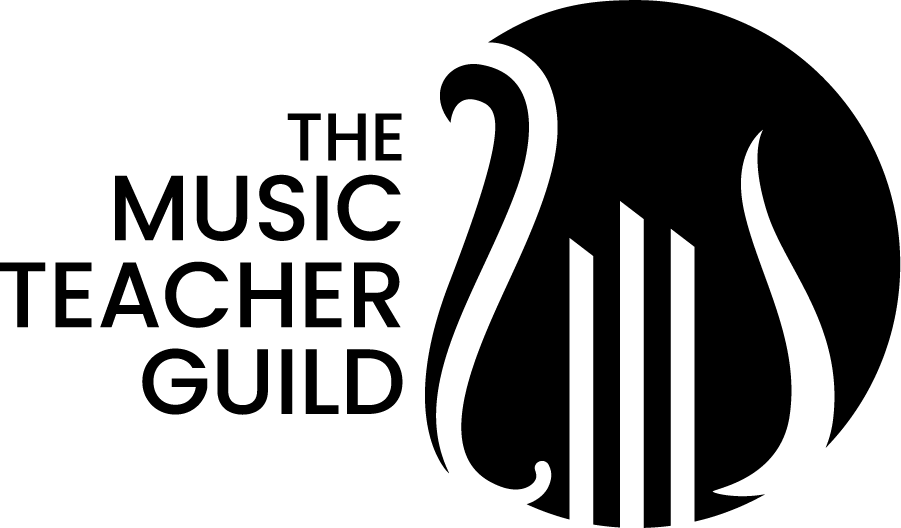Collaborative Projects in Music Education: Inspiring Connections and Creativity
In music education, collaboration is more than just a buzzword—it’s a pathway to creating richer learning experiences. Whether it’s organizing a virtual ensemble or hosting a joint concert, collaborative projects enable music educators to combine their expertise and inspire students. In this post, we’ll dive into exciting project ideas, tools for collaboration, and tips for measuring success.
The Value of Collaborative Projects in Music Education
Collaboration among music educators offers a wealth of benefits, both for teachers and students:
Foster Innovation: Sharing ideas and techniques helps educators develop fresh, creative approaches to teaching.
Build Professional Networks: Working with peers strengthens connections, opening the door to future opportunities.
Enhance Student Engagement: Students benefit from diverse teaching styles and perspectives, fostering a more dynamic learning environment.
Collaborative projects also mirror real-world scenarios, preparing students for teamwork and problem-solving in their future endeavors.
Top Collaborative Project Ideas for Music Educators
1. Virtual Ensemble Projects
With technology at the forefront, virtual ensembles allow educators and students from different locations to perform together.
Tools like Soundtrap or GarageBand enable remote recordings.
Combine audio and video files to create a polished performance to share online.
Example: A high school orchestra in New York partnered with a choir in California to perform a virtual rendition of Beethoven’s Ode to Joy.
2. Inter-School Music Festivals
Why not expand the classroom by joining forces with nearby schools? Inter-school festivals provide a platform for collaborative learning and public performances.
Host combined rehearsals and showcase the final concert.
Include workshops led by guest conductors or musicians.
3. Cross-Discipline Projects
Partner with educators in other fields to create multidisciplinary projects.
Pair music with art to compose pieces inspired by visual works.
Collaborate with drama teachers for a musical theater production.
4. Community Outreach Performances
Engage students and educators in projects that give back to the community.
Plan charity concerts with proceeds supporting local causes.
Perform at nursing homes, hospitals, or public events to connect with the broader community.
These projects not only benefit participants but also foster goodwill and elevate the visibility of music programs.
Tools to Facilitate Collaboration
Successful collaboration relies on the right tools. Here are some favorites for music educators:
Collaboration Software:
Google Workspace: Perfect for sharing lesson plans and schedules.
Noteflight: Collaborative notation software for creating music scores.
Soundtrap: An online DAW (digital audio workstation) designed for group projects.
Social Media Groups:
Facebook groups like “Music Teachers Unite” connect educators worldwide.
Slack communities for music educators offer dedicated channels for collaboration.
Scheduling Tools:
Calendly or Doodle simplifies coordinating rehearsals and planning events.
Pro Tip: Establish clear communication channels early to ensure everyone stays on the same page.
Analyzing Outcomes and Growth
Measuring the success of collaborative projects is essential for continuous improvement:
Collect Feedback: Use surveys to gather input from students, teachers, and audiences.
Assess Student Growth: Track skill development, from musical technique to teamwork.
Reflect on Challenges: Identify areas for improvement to enhance future collaborations.
Success Story:
A group of middle school band directors launched a regional band workshop. Over two days, students rehearsed with professional musicians and concluded with a joint concert. The project not only boosted students’ confidence but also forged lasting relationships among educators.
Leveraging Networking for Job Opportunities
Once you’ve built your network, it’s time to strategically tap into it for job leads.
Identify Mentors or Potential Employers: Reach out to experienced educators for advice or introductions to decision-makers in your area.
Stay Active: Consistently engage with your network, even when you’re not actively job-hunting, so you remain top-of-mind for future opportunities.
Ask Thoughtful Questions: Instead of directly asking for a job, inquire about trends in the field or suggestions for improving your teaching practice.
Success Story: One music teacher, Jane, discovered her current job through a connection she made at a local choir festival. After sharing her experience and interest in directing ensembles, she was invited to apply for an unadvertised position.
Conclusion
Collaborative projects in music education provide unparalleled opportunities for growth, creativity, and connection. Whether you’re organizing a virtual ensemble or planning a cross-discipline project, the benefits ripple through your students, your program, and your professional network.
Ready to get started? Take the first step by reaching out to a colleague or joining an online group. Visit the Music Teacher Guild for more resources, tools, and inspiration to elevate your teaching through collaboration.

